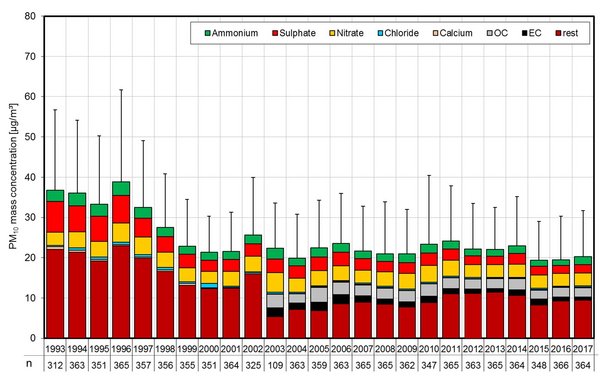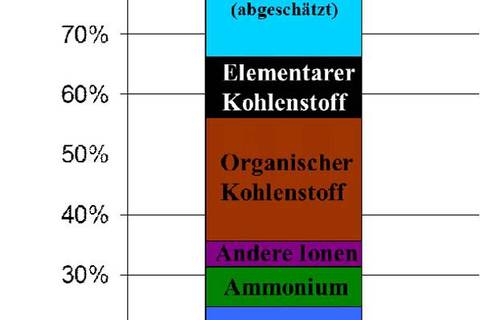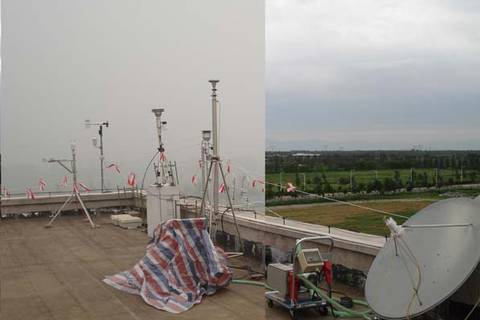Chemical Characterization of Particles
The chemical characterisation of aerosol particles is one of the central topics in atmospheric science. Highly relevant topics such as health effects, climate, and cloud formation are strongly linked to the chemical composition of particles. Furthermore, a better understanding of particle sources can only be achieved with detailed knowledge on their composition. Typical anthropogenic sources such as industrial emissions, traffic exhaust, and biomass burning, as well as natural sources such as sea salt and dust resuspension are characterised by very different and often very specific chemical particle constituents. Their determination helps to better elucidate the sources of aerosol particles in the atmosphere. Special focus in atmospheric research is currently laid on the study of so-called secondary formation pathways. Besides direct emission, particles can also be formed within the atmosphere by oxidation of gaseous species to less volatile compounds, which form new particles or new particle mass by nucleation or condensation, respectively. Similarly, semi-volatile compounds can first condense onto particle surfaces and/or dissolve into the aqueous particle phase and then be transformed to non-volatile compounds which permamently form part of the particles. Such formation pathways are highly complex and a large pool of measurement techniques is needed to study such processes in the field. To study the chemical composition of aerosol particles as well as to elucidate important chemical processes in the atmosphere, TROPOS organizes and participates in field campaigns all around the world.



